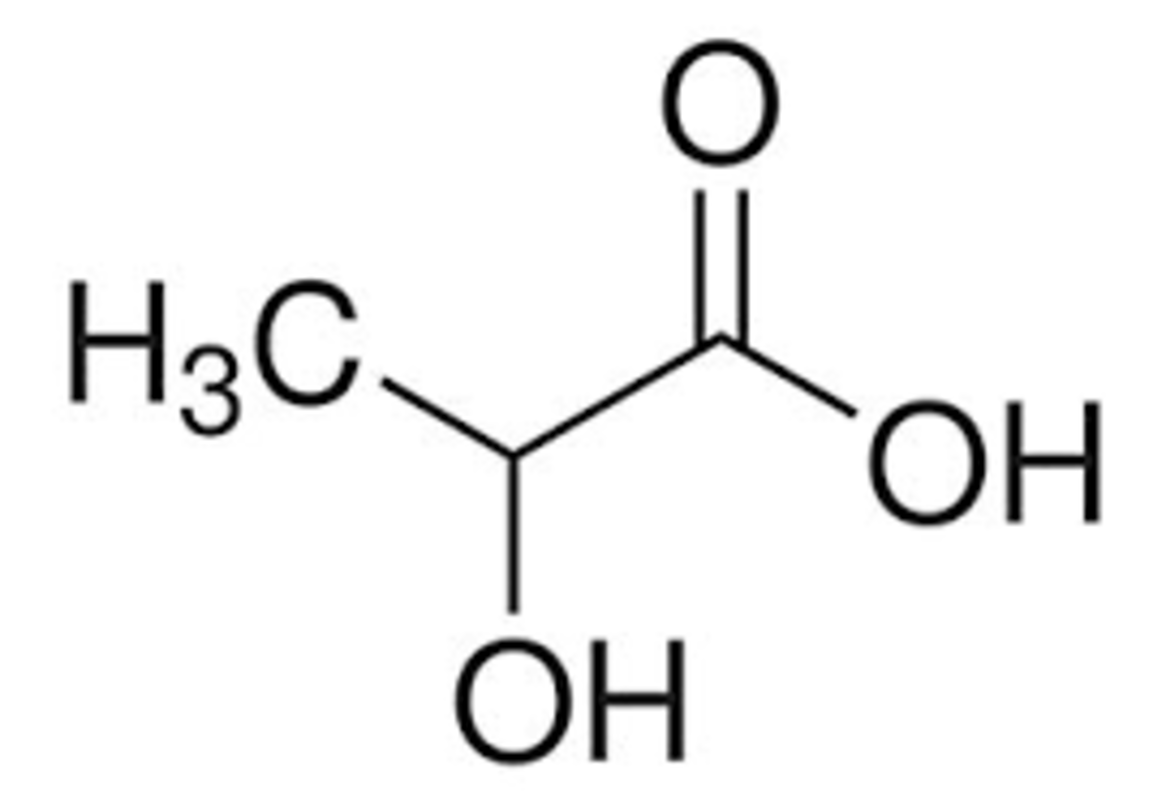E270 Lactic acid
Supplier location : Hungary| Type of Product / CAS Number / Additional designation |
Food additive |
| Genetic Type |
Without GMO |
| Quantity Available |
KG |
| Purchase Options |
Pickup |
| Quantity per Trade Item |
25.0 KG |
| Trade Unit |
KG |
| Country of Origin |
China |
| Incoterms |
FCA
|
| Minimum Order Quantity |
1000.0 KG |
| Price per trading unit |
|
| Best Before |
|
| Certificates of supplier |
In lists of nutritional information lactic acid might be included under the term "carbohydrate" (or "carbohydrate by difference") because this often includes everything other than water, protein, fat, ash, and ethanol. If this is the case then the calculated food energy may use the standard 4 kilocalories (17 kJ) per gram that is often used for all carbohydrates. But in some cases lactic acid is ignored in the calculation. The energy density of lactic acid is 362 kilocalories (1,510 kJ) per 100 g. Some beers (sour beer) purposely contain lactic acid, one such type being Belgian lambics. Most commonly, this is produced naturally by various strains of bacteria. These bacteria ferment sugars into acids, unlike the yeast that ferment sugar into ethanol. After cooling the wort, yeast and bacteria are allowed to “fall” into the open fermenters. Brewers of more common beer styles would ensure that no such bacteria are allowed to enter the fermenter. Other sour styles of beer include Berliner weisse, Flanders red and American wild ale. In winemaking, a bacterial process, natural or controlled, is often used to convert the naturally present malic acid to lactic acid, to reduce the sharpness and for other flavor-related reasons. This malolactic fermentation is undertaken by lactic acid bacteria. While not normally found in significant quantities in fruit, lactic acid is the primary organic acid in akebia fruit, making up 2.12% of the juice.
Product documents
No documents


